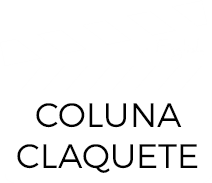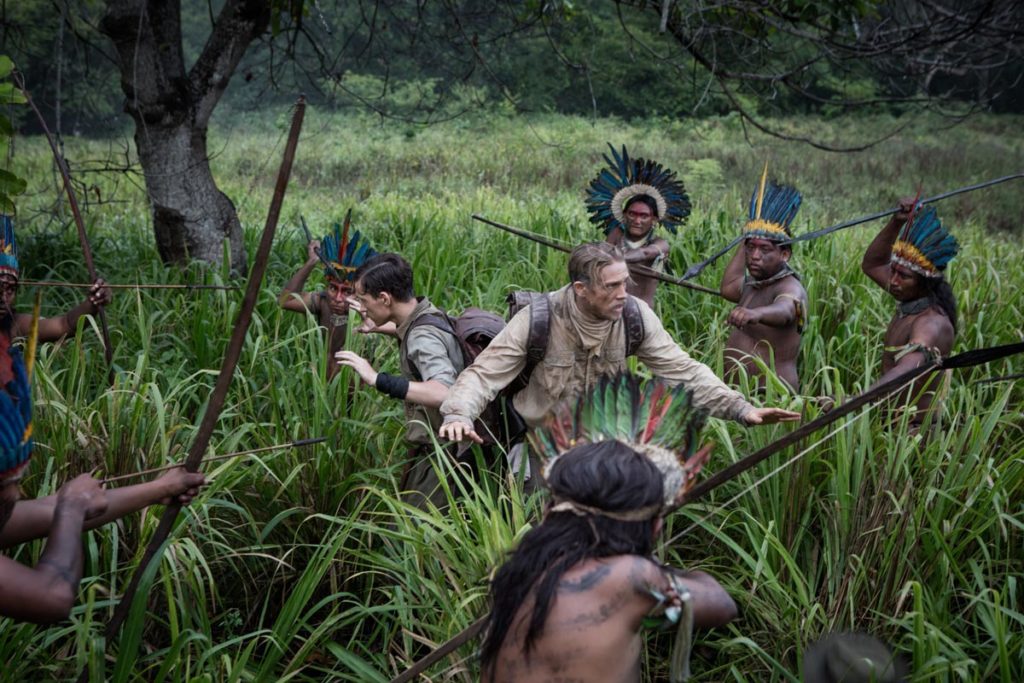The Lost City of Z
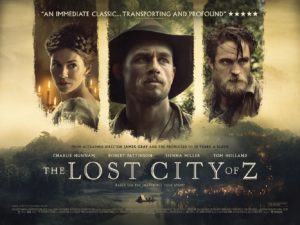
In the early 1970s, when I was in high school, one of my favorite places was the school library. Certainly I was one of the most frequent readers, because at that time the reading was low as fun for my peers. Among the countless books I picked up, one of them caught my eye: Exploration Fawcett, written by a British explorer named Percival Fawcett. Imagine my surprise to discover that the movie “The Lost City of Z” was based on his own life.
I confess that I had never heard of him before, which must also be the case of the immense majority of Brazilians. This Englishman voyaged deep inside Brazil in the early 20th century to do border demarcation work, and became obsessed with the idea that there would have been an advanced civilization in a remote area of Mato Grosso, and that there would be a whole city to be discovered and studied there.
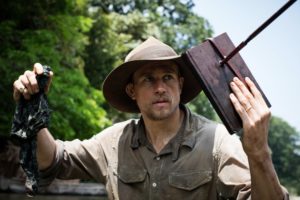 In the film, Fawcett (Charlie Hunnam) is described as a military man who would never have acted in actual combat, and who sought to restore the honor of the family, harmed by his father, who had engaged in drinking and gambling.Because of this, he accepts the mission to demarcate the border between Brazil and Bolivia, and thus avoid a war between the two countries.
In the film, Fawcett (Charlie Hunnam) is described as a military man who would never have acted in actual combat, and who sought to restore the honor of the family, harmed by his father, who had engaged in drinking and gambling.Because of this, he accepts the mission to demarcate the border between Brazil and Bolivia, and thus avoid a war between the two countries.
On his first trip in 1906, Fawcett had the help of Henry Costin (Robert Pattinson, almost unrecognizable) and Arthur Manley (Edward Ashley), two Englishmen who ventured into the jungle with him. Fawcett was able to reach a totally unexplored place, where he found some anomalous archaeological remnants.
Back in England, he tried to convince the Royal Geographical Society to finance a new expedition, this time with the goal of finding the mysterious city, which he nominated as “Z”. The only one that was interested in it wass James Murray (Angus Macfadyen), who had already participated in expeditions in Antarctica. The expedition happens, but it becomes a total failure, mainly due to Murray himself.
 After World War I, Fawcett again sets off in search of his mysterious city, this time accompanied by son Jack (Tom Holland), and never again the two will be seen.
After World War I, Fawcett again sets off in search of his mysterious city, this time accompanied by son Jack (Tom Holland), and never again the two will be seen.
As I already knew the historical figure, by his own report in the book that I mentioned, it was strange to see the image constructed by the movie.Maybe this could be explained by the fact that the film was based on David Grann’s book “The Lost City of Z: A Tale of Deadly Obsession in the Amazon”, which got some rejection from the specialized critics.
The film has some script problems, showing dialogues and situations that would be normal nowadays, but unthinkable in the conservative society of the early twentieth century, as well as other historical inconsistencies.
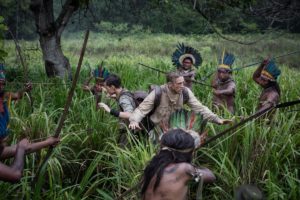
It’s a shame that the movie has stayed in no man’s land between the historical account and an adventure freely based on the real character.The disappearance of Fawcett is a subject of debate in the scientific world until today, without ever having reached a definitive conclusion.
It is strange even the information at the end of the movie that “AT THE BEGINNING OF SECTION XXI, THE ARCHEOLOGISTS DISCOVERED AN AMAZING NETWORK OF ANCIENT ROADS, BRIDGES, AGRICULTURAL FACILITIES THROUGHOUT THE AMAZON JUNGLE”.In my 61 years of life, I have never heard of such a fabulous discovery.
 Two curious scenes awakened my attention. The first is the opera in the jungle, a reference to the film “Fitzcarraldo” (1982), by Werner Herzog. The other is the scene in which Fawcett loses his hat, a fact which is described by him in his last letter to his wife.
Two curious scenes awakened my attention. The first is the opera in the jungle, a reference to the film “Fitzcarraldo” (1982), by Werner Herzog. The other is the scene in which Fawcett loses his hat, a fact which is described by him in his last letter to his wife.
“The Lost City of Z” deserves to be seen more out of curiosity about a controversial historical figure who embodied the dream of adventures of many people around the world, though he had never found his dreamed city of gold.
Titre original: “The Lost City of Z”
